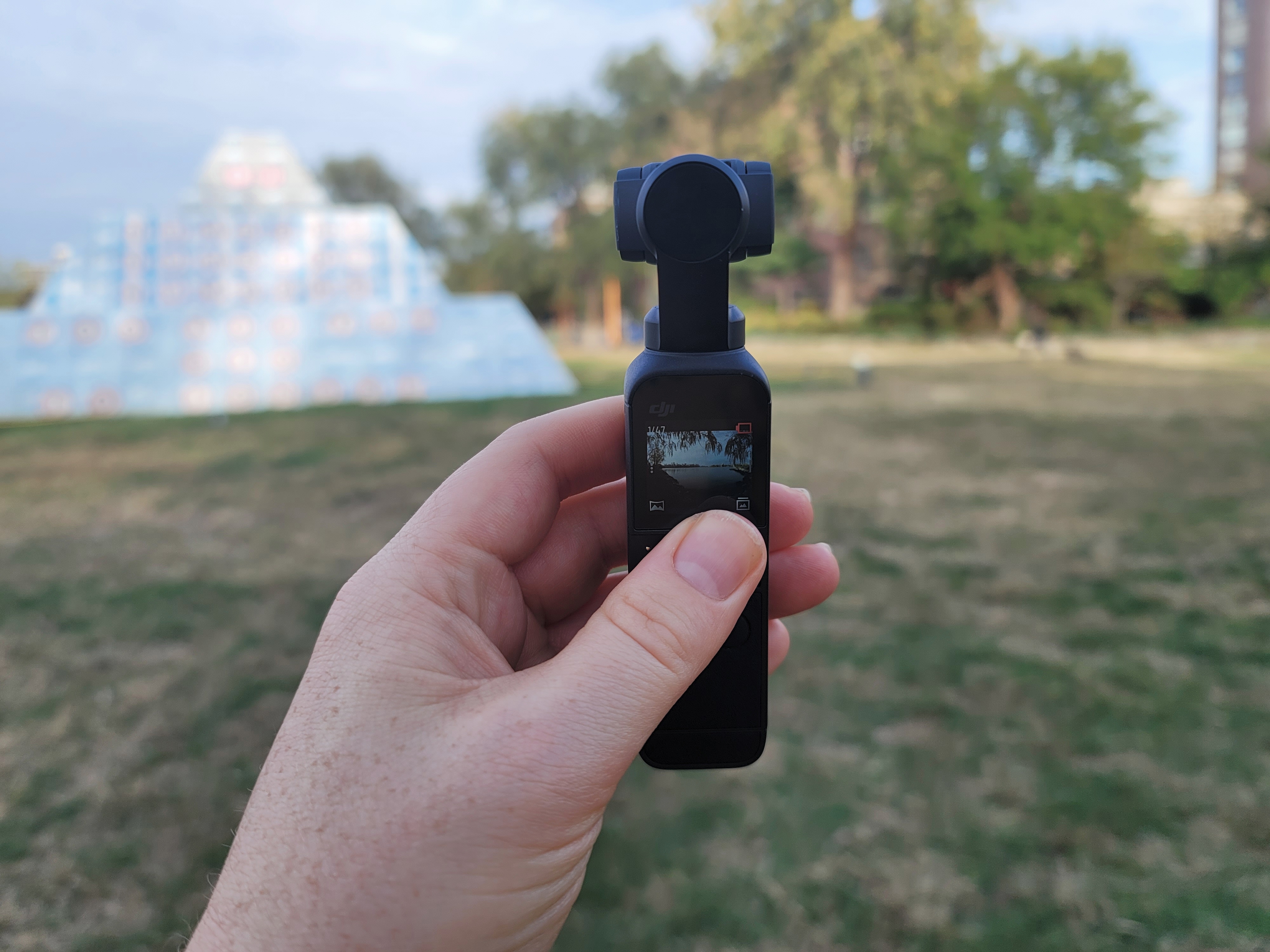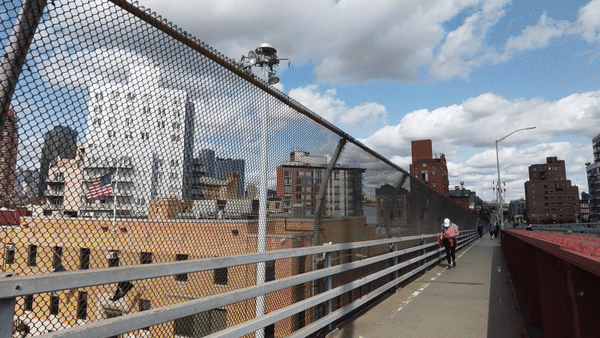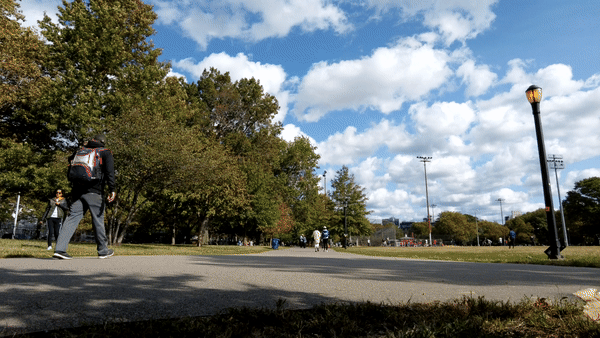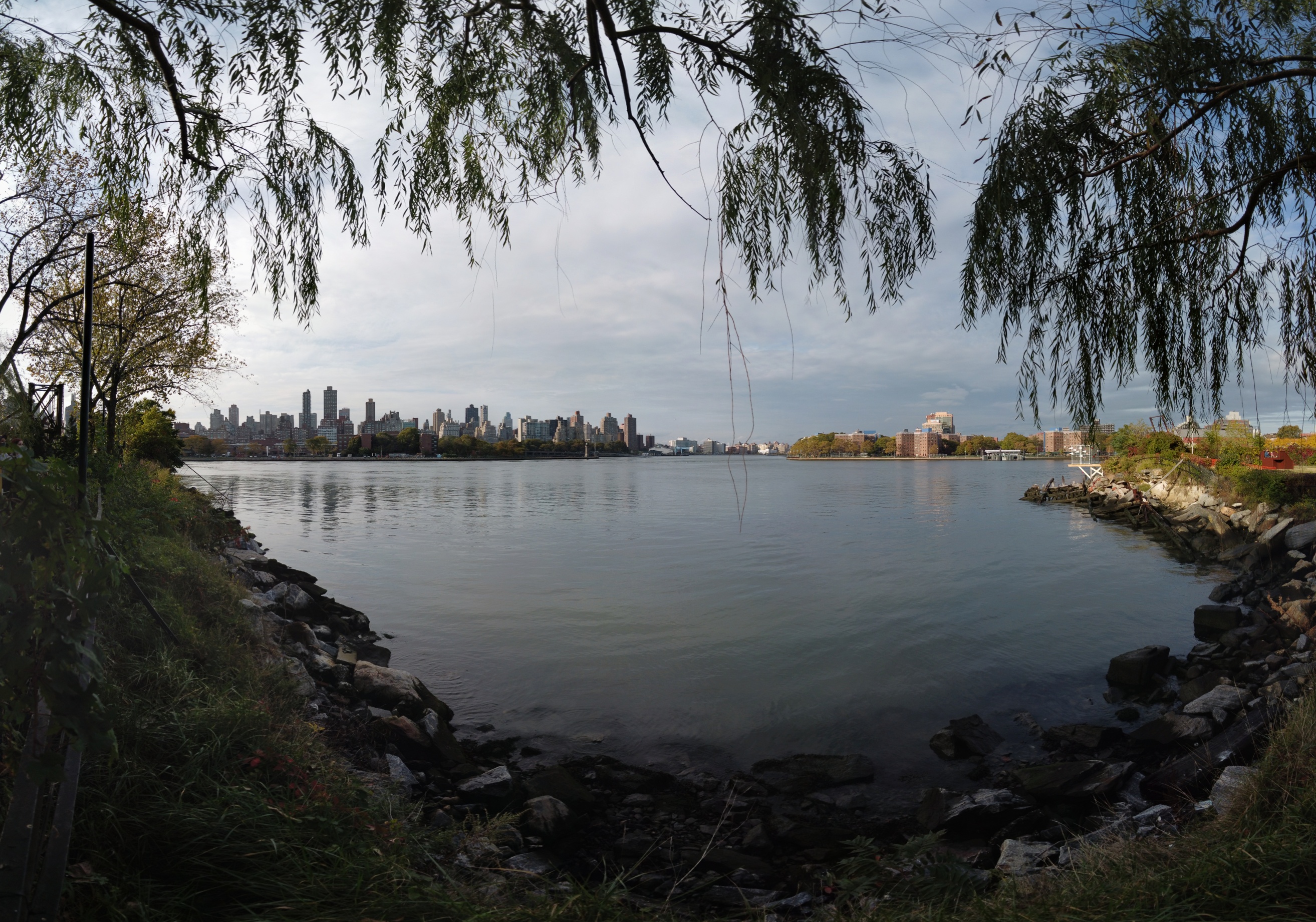The Pocket 2 is the kind of device that makes me wish I got out a bit more. I’ve been testing it out for a few days, and, while it’s done a reasonably good job making my life look a bit more interesting, there’s only so much such a little device can do during this lockdown. That’s no fault of DJI’s of course. There’s only so much that can be done — and at the end of the day, a camera can only really work with the content you give it.
Even so, I’ve enjoyed my time with the product. As I did with its predecessor, the DJI Osmo Pocket. The device returns this week with a truncated name and a handful of improvements. Nothing on board is particularly revolutionary, but the original device was such a cool and innovative product when it first arrived roughly two years ago, the company can be forgiven for mostly focusing on refinement.
The line builds on DJI’s know-how, developed with years of drone imaging and gimbal expertise. Unlike, say the Ronin or Osmo Mobile lines, however, the product works as a standalone, with a small built-in display that records directly onto a microSD card. But as with the original, the whole getup works a heck of a lot better when you’ve got an Android or iOS handset to work with. The Pocket still does the majority of the heavy imaging lifting, but your phone just works as a much better preview screen and control center than the measly one built into the device.
The system ships with a pair of connectors: USB-C and Lightning, depending on your device. It’s a solid setup, best controlled with two hands. I didn’t have any issues, but I don’t entirely trust the integrity of a connector enough to hold it with one. Better yet, there are wireless accessories that allow for you to control the system remotely via phone. And speaking of accessories, I highly recommend getting a mini tripod or splurging for the bonus pack that includes one. It can be tricky propping the system up correctly for those modes that require minutes-long record times. More than once a video ended when the device fell over due to a strong gust.

Image Credits: Brian Heater
The underlying imaging hardware has been improved throughout. The camera now sports a larger sensor (64-megapixels) and wider lens, shooting better videos and stills than the original. The device can zoom up to 8x — though I’d recommend sticking with the 4x lossless optical, so as to not degrade those shots you’re taking. (HDR, incidentally, is coming at a later date.)
The mics, too, have been upgraded. There are four in total on board. Definitely use that optional wind noise reduction. For even better quality, the combo pack also includes a wireless microphone with windscreen, so that, too, may be worth investigating depending on what and where you plan to shoot. The three-axis gimbal does a good job keep things steady — and moves smoothly for a variety of different image and video capturing tasks. As with the last version, I found the battery to be lacking — that’s doubly the case for the gimbal charging up an attached phone by default.
As usual, the shooting modes are the real secret sauce. In particular, I’m really smitten with timelapse and hyperlapse. The former offers a sped-up image, using the gimbal to stabilize the shot as you move:

Image Credits: Brian Heater
Hyperlapse takes it a step further, mechanically moving the gimbal from left to right in slow increments that give a sweeping shot of a space over time:

Image Credits: Brian Heater
The system also borrows subject tracking from the drone line. Draw a rectangular around an object on the smartphone display and the gimbal will move along with it. The tracking proved to be pretty accurate, though I ran into some issues in the shadows and in situations when there’s a lot of divergent movement happening — like when I attempted to capture the runner in a softball game. On the whole however, it does a pretty solid job with people and animals alike.
The gimbal is also great for stitching together panorama shots — something that can be a pain on a standard smartphone. It can either do together a standard ultra wide 180-degree shot or create a highly detailed 3×3 image by essentially stitching together nine images in one:

Image Credits: Brian Heater
The Pocket 2 occupies a strange territory. It’s essentially a $349 add-on designed to augment smartphone photography. It’s an easy shortcut for grabbing some really cool shots, but pros are going to be much more interested in shooting with, say, a Ronin and an SLR. That leaves hobbyists with cash to spend on something that will, say, really wow their friends on social media. It’s a way to capture some drone-style shots without ever having to leave the ground.

























